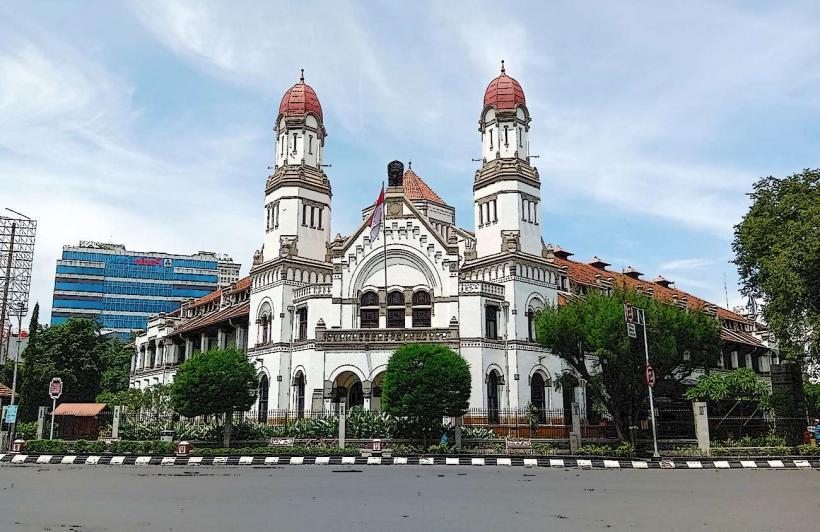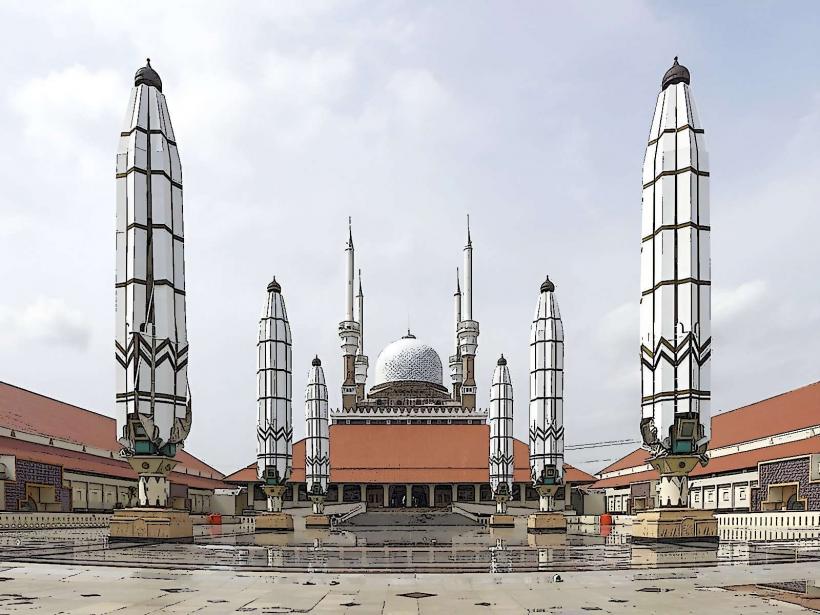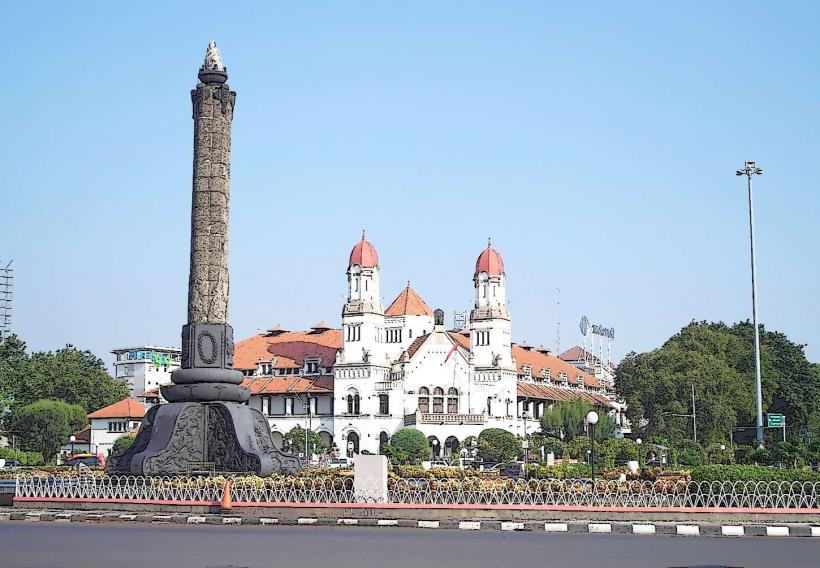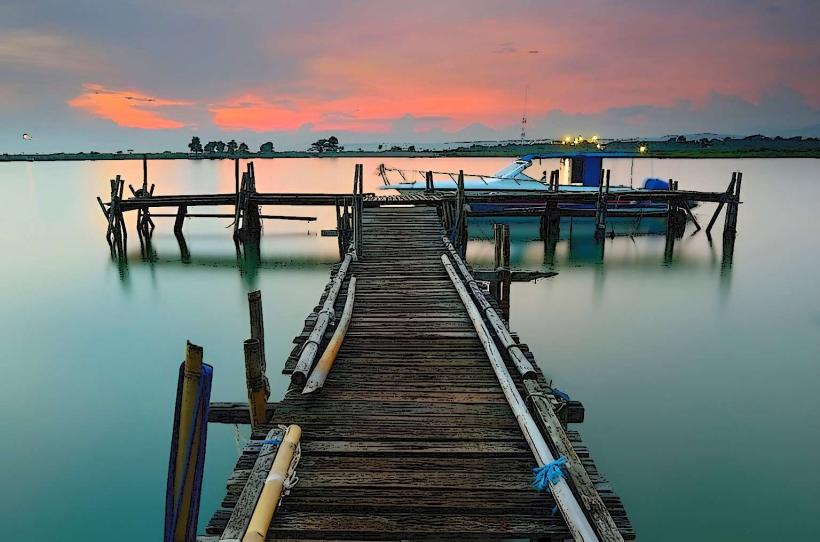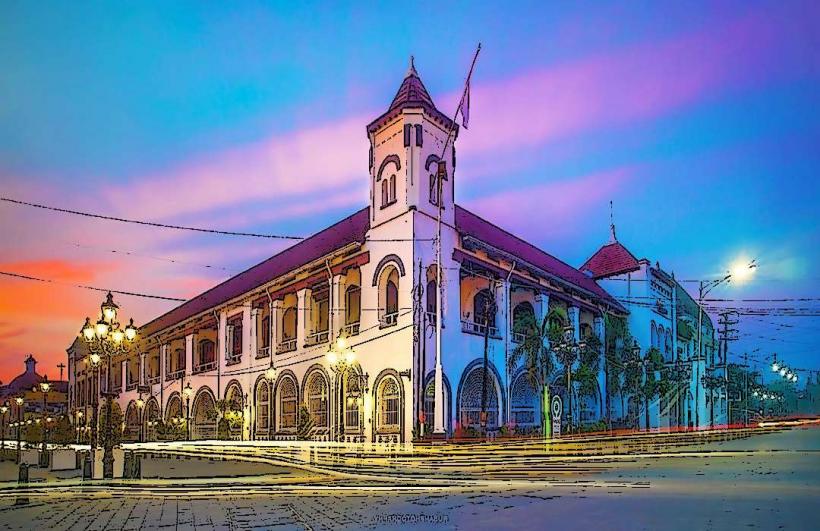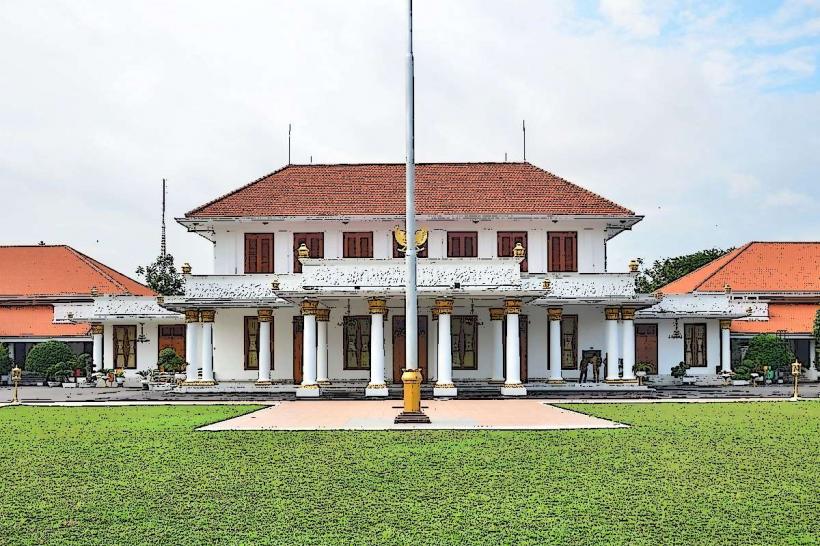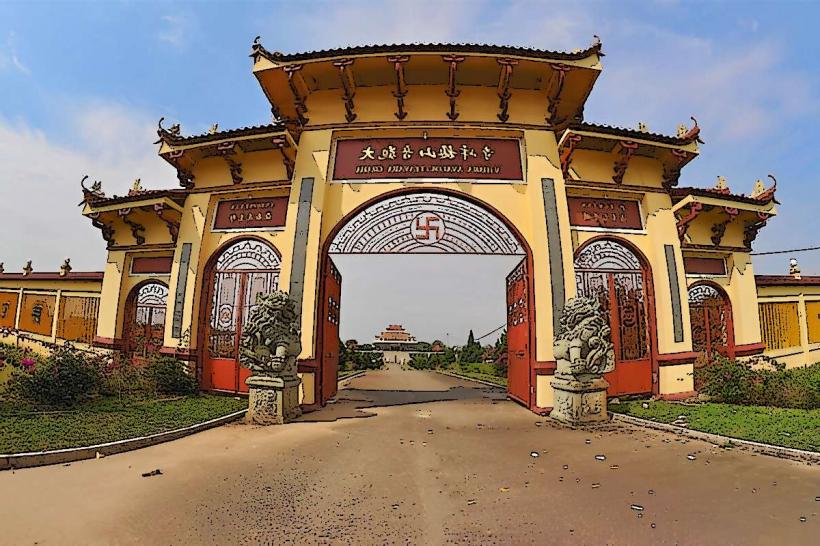Information
Landmark: Sam Poo Kong TempleCity: Semarang
Country: Indonesia
Continent: Asia
Sam Poo Kong Temple: A Blend of Cultures
Sam Poo Kong Temple (locally known as Gedung Batu Temple) is a historical and cultural landmark located in Semarang, Central Java, Indonesia. This temple complex holds immense cultural, religious, and historical significance, blending Chinese and Javanese architectural elements. It is a popular destination for tourists, pilgrims, and history enthusiasts.
Key Highlights of Sam Poo Kong Temple
1. Historical Background
Origins:
- The temple was built to honor Zheng He (Cheng Ho), a legendary Chinese-Muslim admiral and explorer of the Ming Dynasty, who visited Semarang in the 15th century during his maritime expeditions.
- According to legend, Zheng He stopped at this site to rest and recover from an illness. He established a small shrine, which later became the basis for the temple.
Cultural Significance:
- The temple symbolizes harmony between Chinese and Javanese communities and religions, reflecting the multicultural history of Semarang.
- It serves as a place of worship for followers of Taoism, Confucianism, Buddhism, and Islam.
2. Architectural Features
Unique Design:
- The temple blends traditional Chinese architecture with Javanese influences, creating a striking and harmonious aesthetic.
- Bright red walls, intricate carvings, and pagoda-style roofs characterize the temple's design.
Main Structures:
- Sam Poo Kong Shrine: The central and largest structure, dedicated to Admiral Zheng He.
- Cave of Worship (Gedung Batu): A natural cave where Zheng He is believed to have meditated.
- Other Shrines: Dedicated to Zheng He’s crew members and deities, each with unique statues and offerings.
Symbolism:
- Red and gold dominate the color palette, symbolizing prosperity, luck, and happiness in Chinese culture.
- The dragon and phoenix motifs represent balance and harmony.
3. Religious Significance
Pilgrimage Site:
- The temple is a sacred site for worshippers, especially during important Chinese festivals like Chinese New Year and Cap Go Meh (Lantern Festival).
- Devotees pray for blessings, prosperity, and guidance.
Interfaith Harmony:
- Zheng He’s legacy as a unifier is celebrated, as he is revered by people of various faiths, including Islam and Buddhism.
4. Activities and Attractions
a. Worship and Prayer
- Worshippers light incense sticks, leave offerings, and pray at the shrines.
- Non-worshippers can observe the rituals respectfully.
b. Historical and Cultural Tours
- Guided tours provide insights into Zheng He’s life, the temple’s history, and the multicultural influences in its design.
c. Photography
- The vibrant architecture and serene ambiance make it a favorite spot for photographers.
d. Cultural Events
- The temple hosts events like traditional lion dances, Chinese opera, and performances during Chinese festivals.
e. Admire the Statues
- A prominent statue of Admiral Zheng He stands in the courtyard, symbolizing his legacy and contributions.
5. Annual Events and Festivals
- Chinese New Year:
- The temple is a focal point of celebrations in Semarang, featuring traditional rituals, cultural performances, and lantern displays.
- Zheng He Festival:
- Held annually in July, this event commemorates Zheng He’s voyages, featuring processions, prayers, and cultural performances.
6. Visitor Information
- Location:
- Jalan Simongan No.129, Semarang, Central Java, Indonesia.
- Opening Hours:
- Daily from 6:00 AM to 10:00 PM.
- Entrance Fee:
- Nominal entrance fees apply, with additional charges for entering specific shrines or participating in special tours.
- Best Time to Visit:
- Early morning or late afternoon for cooler weather and fewer crowds.
- During Chinese New Year or the Zheng He Festival for a vibrant cultural experience.
7. Nearby Attractions
- Lawang Sewu: A historical Dutch colonial building and iconic landmark of Semarang.
- Semarang Old Town (Kota Lama): Explore colonial-era architecture and vibrant cafés.
- Tugu Muda Monument: A symbol of Semarang's independence struggle.
- Blenduk Church: A historic Protestant church with distinctive dome architecture.
8. Practical Tips for Visitors
- Dress Modestly:
- Respect the sanctity of the site by wearing modest clothing, especially if entering the shrines.
- Be Respectful:
- Avoid loud noises and follow temple etiquette, especially during prayer times.
- Photography Rules:
- Photography is allowed in most areas but may be restricted inside certain shrines.
- Stay Hydrated:
- Semarang can be hot and humid, so carry water and sunscreen.
9. Conclusion
Sam Poo Kong Temple is a symbol of Semarang’s multicultural heritage, blending history, spirituality, and architectural beauty. Whether you’re seeking cultural insights, a spiritual experience, or a serene environment, this temple offers something for everyone. It’s a must-visit destination for those exploring Central Java.

